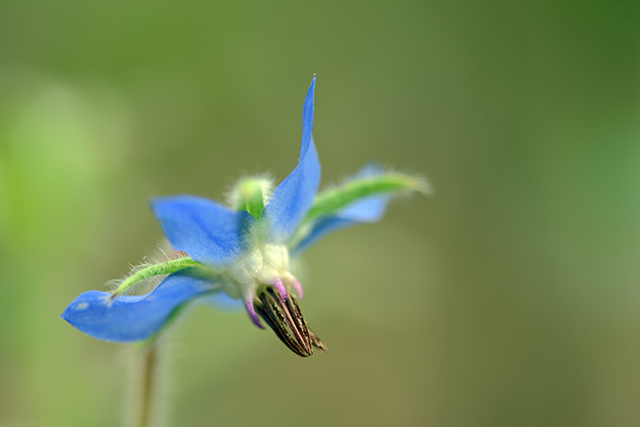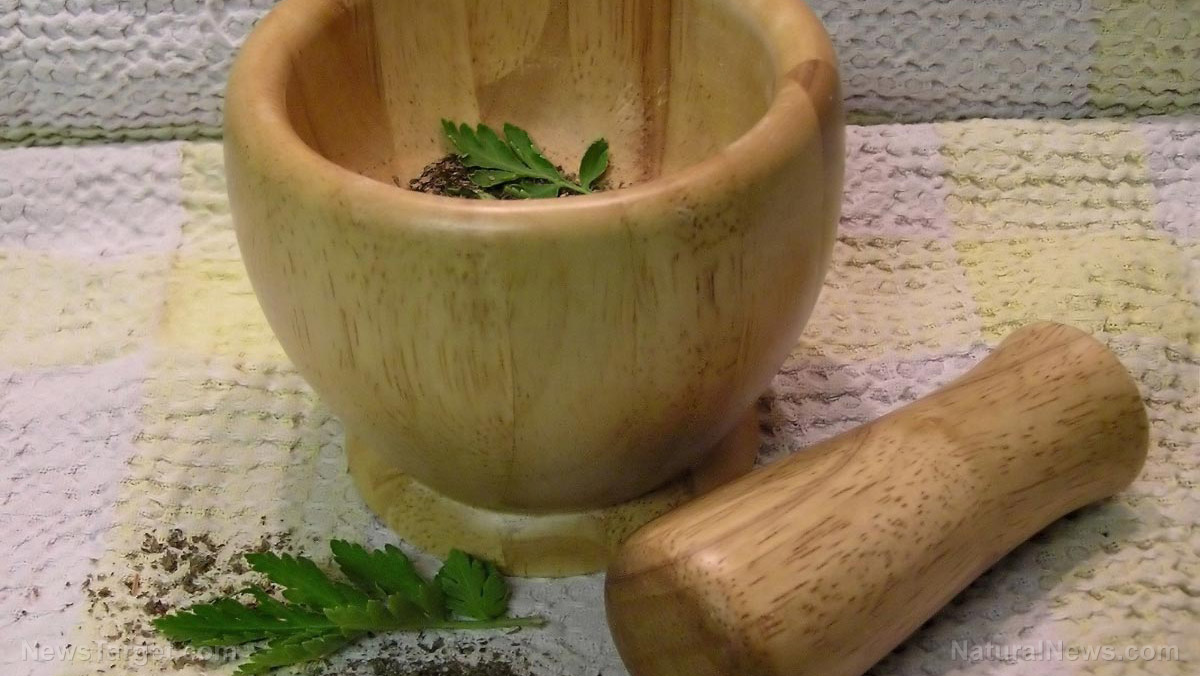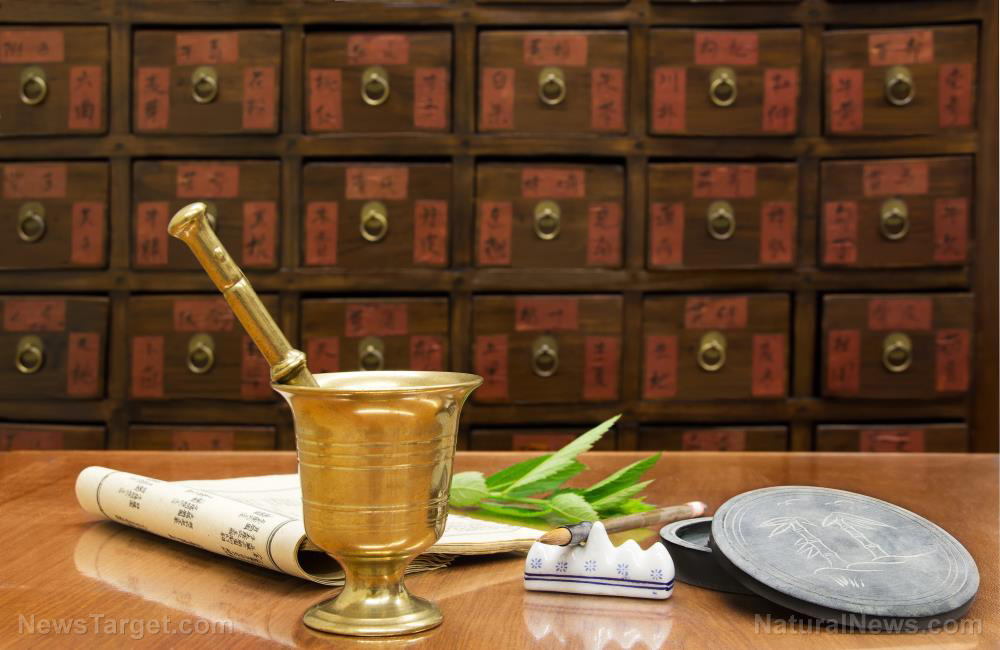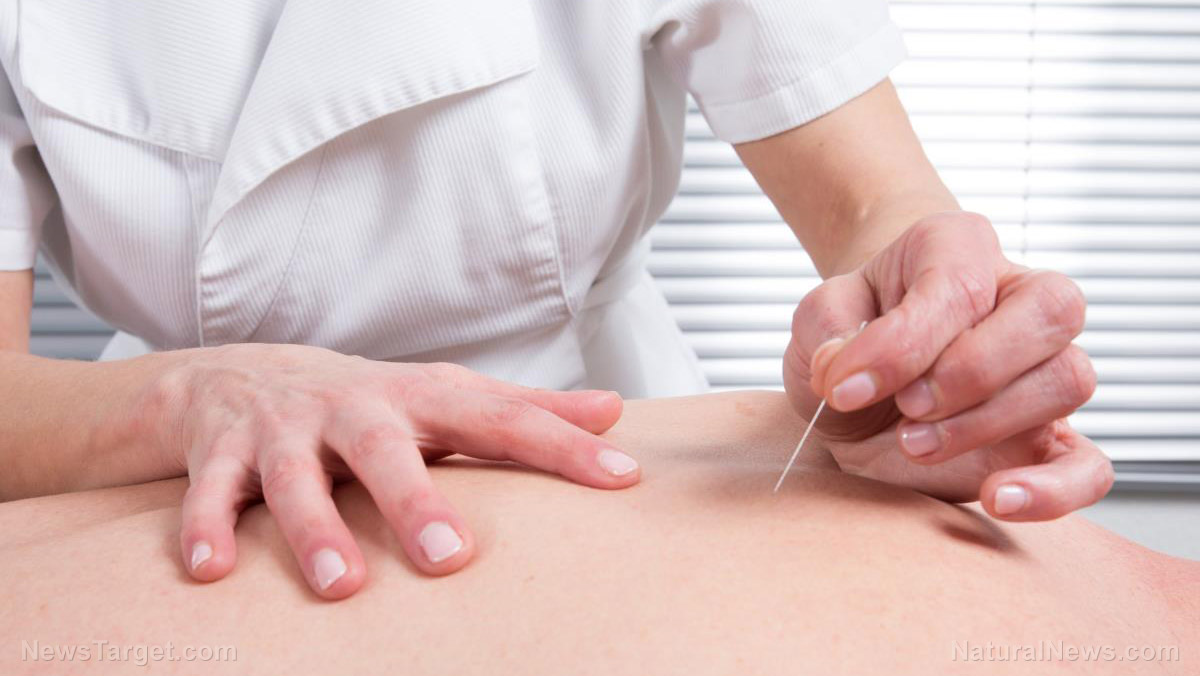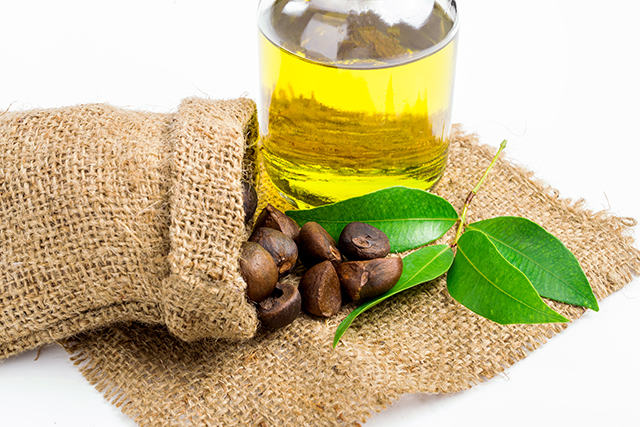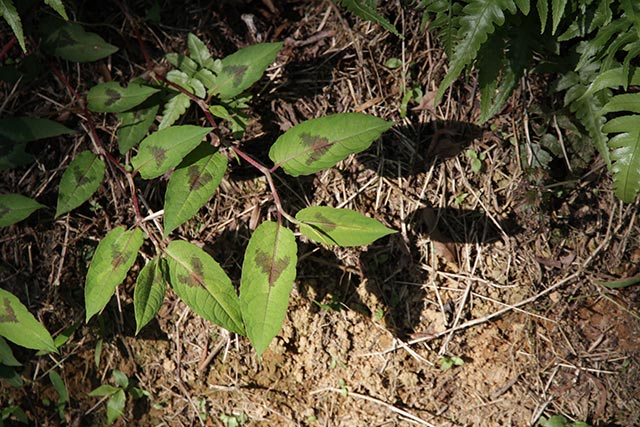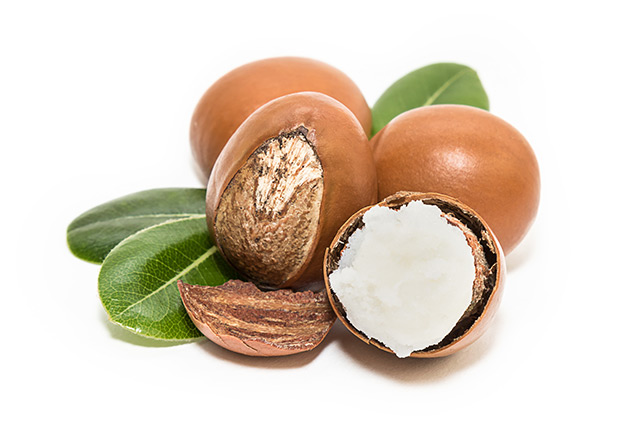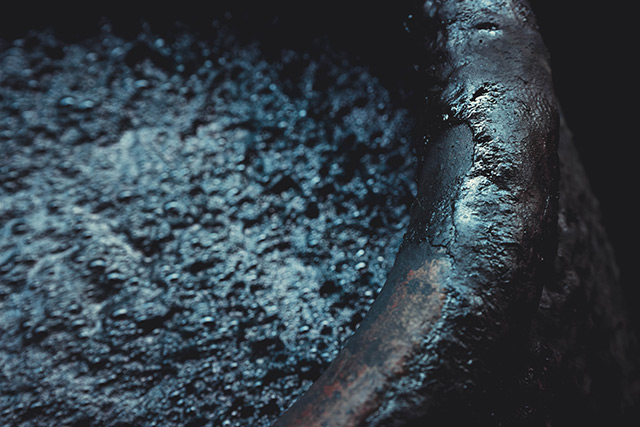Acupuncture found highly effective for treating primary dysmenorrhea
08/20/2018 / By Janine Acero

Some people take one look at needles and wince in pain. But in Traditional Chinese Medicine (TCM), a popular healing technique using needles has been used for relieving pain for thousands of years. Acupuncture has been known as an effective treatment for pain, and one study focused on its efficacy as a remedy for gynecological problems, particularly period pains.
Period pain, or dysmenorrhea, is a condition affecting up to 95 percent of menstruating women. In a British survey (Scrambler and Scambler 1985), 82 percent of the respondents who were between 16 and 44 years old reported at least one distressing symptom associated with menstruation. In Canada, it was found that gynecological problems were among the most frequently mentioned primary health problems, and at least eight percent of the patients sought acupuncture therapy (Kelner and Welman 1997).
Acupuncture is a healing technique that involves inserting very thin needles through a person’s skin at specific points on the body, to various depths.
The paper, which was published in the British Acupuncture Council, looked at several outcome studies on the specialist acupuncture database, ARRCBASE – a composite database built up by the Acupuncture Research Resources Centre, and includes relevant articles from the British Library’s AMED and the U.S. Medline databases – to determine if previous research supports the effectiveness of acupuncture in managing period pains.
Out of 102 references found, 11 articles included two randomized controlled trials (RCT) evaluating acupuncture and dysmenorrhea (Helms 1987 and Thomas et al. 1995) and five outcome studies related to dysmenorrhea.
The outcomes were assessed through the analysis of monthly symptom evaluation forms maintained by the patients. The outcome studies gave “extremely satisfactory” results, showing that acupuncture could be highly effective in the treatment of period pains and other gynecological conditions such as dysfunctional uterine bleeding and pelvic inflammatory disease.
The findings have shown that the intensity and duration of period pain can be reduced by administering manual acupuncture. In one of the RCTs, acupuncture was shown to be more effective than drug therapy (Helms 1987). The evaluation of the outcome studies showed that there is a significant body of evidence supporting the efficacy of acupuncture as a treatment for primary dysmenorrhea and other gynecological conditions.
Managing pain with acupuncture
Acupuncture has been around for thousands of years and despite some debates over its value as a healing technique, many people still go to acupuncturists for some type of relief. Below are some conditions that acupuncture has been known to alleviate, or even reverse:
- Chronic pain – Chronic pain can manifest in different ways and in different areas of the body, usually the lower back, neck or shoulder area, and the knees. Acupuncture is a frequently sought-after remedy for chronic pain.
- Depression – Depression ultimately requires counseling to manage its symptoms, but weekly acupuncture sessions have been shown to be just as beneficial as seeing a counselor after three months. The theory behind this is that the electric current that runs through the needles help regulate your brain’s neurotransmitters, with one study suggesting that the treatment could be as effective as Prozac.
- Headache and migraine – Studies have found that acupuncture could help reduce the frequency and intensity of pain in patients who suffer from chronic headaches.
- Insomnia – Acupuncture alone may not help the symptoms of insomnia, but using it with other remedies can help those dealing with sleeping difficulties.
- Recovery – Acupuncture has been shown to have positive effects during recovery from chronic illness, particularly when used after chemotherapy. The National Cancer Institute in the U.S. has said that acupuncture supports platelet and healthy cell counts, and overall immunity of cancer patients, which helps recovery and improves quality of life.
Want to soothe an aching knee or a headache? Head over to HealingArts.news for other effective techniques for managing pain.
Sources include:
Tagged Under: acupuncture, alternative medicine, Chinese medicine, chronic pain, dysmenorrhea, menstruation, natural cures, natural healing, Natural Treatments, Naturopathy, pain management, pain relief, pain reliever, period pains, remedies, therapies, women's health


